04.15
This is the latest version of Uoolu’s Bangkok Property Investment Guide Map 2019, which provides users with the best price-performance home projects along Bangkok’s metro lines. This map fully shows Bangkok's latest railway layout and urban development positioning plan, marks the main business circles and core business districts in Bangkok, and tells which projects are worth buying in different areas with different property characteristics.
At present, the two metro lines running enjoying the highest utilization rate are BTS and MTT lines. The BTS lines are the dark green and light green line in the map, extending mainly from north to southeast; the MRT line is the dark blue line, extending mainly from north to southwest. Let's start with the Bangkok BTS line.
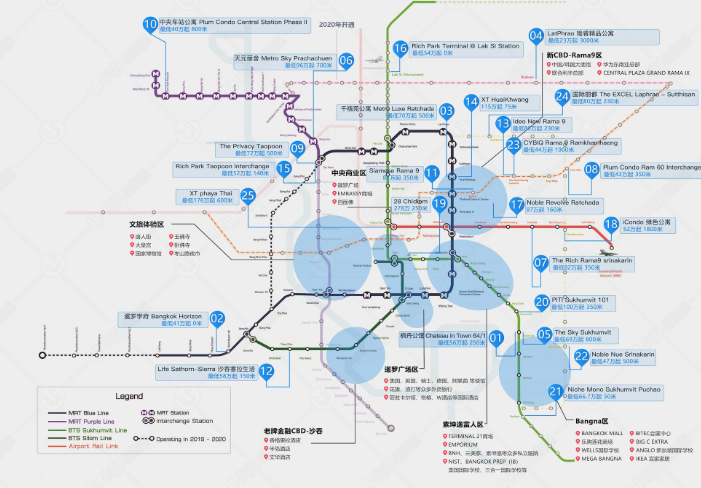
BTS Line
BTS is known as Bangkok's "lifeline" of transportation: the first rail transit in Bangkok, similar to Beijing's Line 1. The whole line is southeast-north, the distance between each station is about 1-2 km, and the departure time of each train is very fast, about 2-5 minutes.
BTS is divided into the light green line and the dark green line, passing through Bangkok's main business circles: Siam (Siam Square Station) is the transit station, and can be transferred to the west by Silom Line, which runs through Bangkok's old downtown and the old CBD Sathorn. These places are old-fashioned CBDs in Bangkok, so the surrounding facilities are very sound, with complete business buildings, high-end hotels and other supporting facilities; and it is Bangkok's cultural and travel experience area, having Bangkok National Museum, Chinatown, Grand Palace and other attractions, for tourists to experience the most original Bangkok.
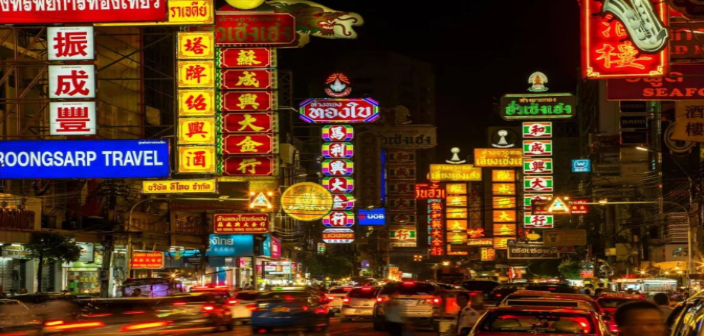
At the same time, from the Siam Station to Asok Station, it’s known as Bangkok's "Golden Five Stations", linking the rich people cluster of Sukhumvit and Siam Square. In Sukhumvit District, there are rich people, stars and politicians, equipped with the famous TERMINAL N21 shopping mall, a number of private hospitals and many famous international schools. The average price of the rich areas in Thong Lo and Ekkamai stations can reach RMB 40,000-60,000 per square meter, while the average price of the adjacent On Nut stations is about RMB 30,000 per square meter. Many people choose to live here, not only can they enjoy high-end facilities and services, but also the price is lower.
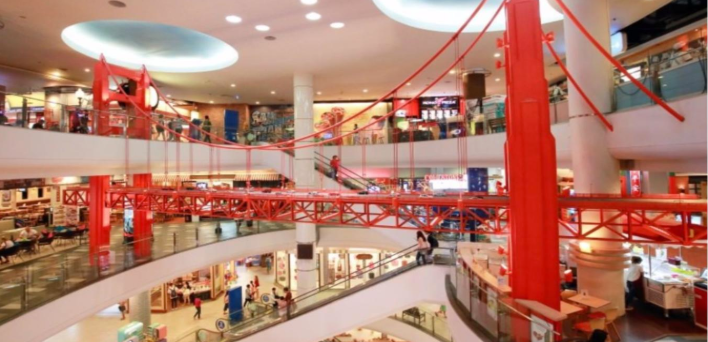
BTS extends southeast to the eastern economic corridor area planned by Thailand 4.0. In the future, the government will develop the area as a sub-center of Bangkok to undertake the facilities of the "Golden Five Stations" Central Business District planned to move southward. Bangna District has the largest International Convention and Exhibition Center, the only IKEA in Bangkok, and BANGKOK MALL (the largest shopping center in Southeast Asia), Berkeley International School and so on. Mr. Ma Yun also went to the Eastern Economic Corridor region and made a total investment of RMB 11 billion yuan.
Analysis of rental demand along the line:
The old Bangkok CBD that BTS passes through, and Siam business circle connected by the "Golden Five Stations", many people will choose to live near the Cong Nonsi Station in the south of the business circle, because it can go directly to the Siam business circle through the BTS dark green line; most white-collar workers working in CBD in Sukhumvit District will choose On Nut station along the south of BTS or Punnawithi station, it is not only between Sukhumvit’s wealthy area and Bangkok's sub-center (Eastern Economic Corridor), but also relatively cheap, and can guarantee a high-quality life circle. In "crowded" Bangkok these areas become the preferred choice of place to live.
MRT Line
MRT Line is another major railway line in Bangkok. It is the dark blue line on the map. It is going north-southwest, and the Blue Line is continually extending to form a ring route in Bangkok. If you visit Bangkok, taking MRT Line is a better choice. The main stations pass through Bangkok's new CBD-Rama9 business circle, and can reach Chad's weekend fair to the north, then turn south to Silom station to the west, connecting and transferring with BTS dark green line.
The difference between MRT and BTS is that it is a real "metro" with 18 stations totaling 20 kilometers. It starts from Hua Lamphong Station (near Chinatown) in the South and goes north to Bangsu Station. The traffic is very convenient. At the end of July this year, the MRT Mekong River Extension Line will be opened, which greatly diverts people's travel, and plays a significant role in promoting the commercial and real estate prices in the west.
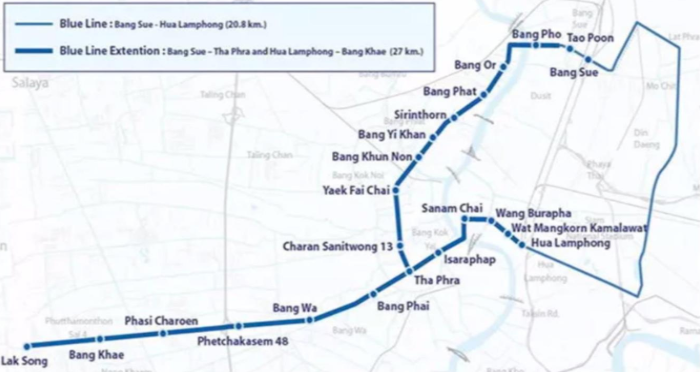
MRT line intersects Bangkok's old CBD Sarton, Siam Business Circle, Sukhumvit Wealthy District, Bangkok's third generation CBD RAMA 9 Business Circle, and it connects with BTS Line. It goes through Bangkok's cultural center, central business district and new CBDs. Riding on the MRT line, tourists can not only experience the original Bangkok culture, but also witness the development of Bangkok's new Central Business Districts.
Analysis of rental demand along the line:
Similar to the rental situation along BTS Line, white-collar workers along MRT generally live next to subway stations near several central business districts, such as Petchkasem 48 station and Rama 9 station.



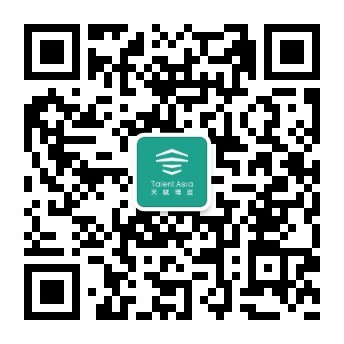

.jpg)